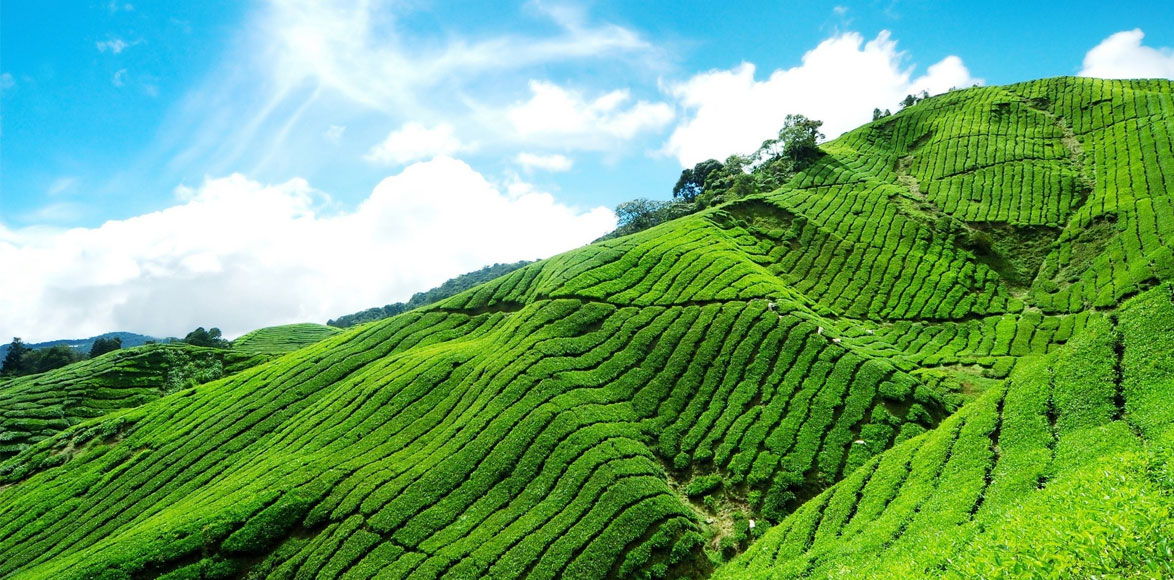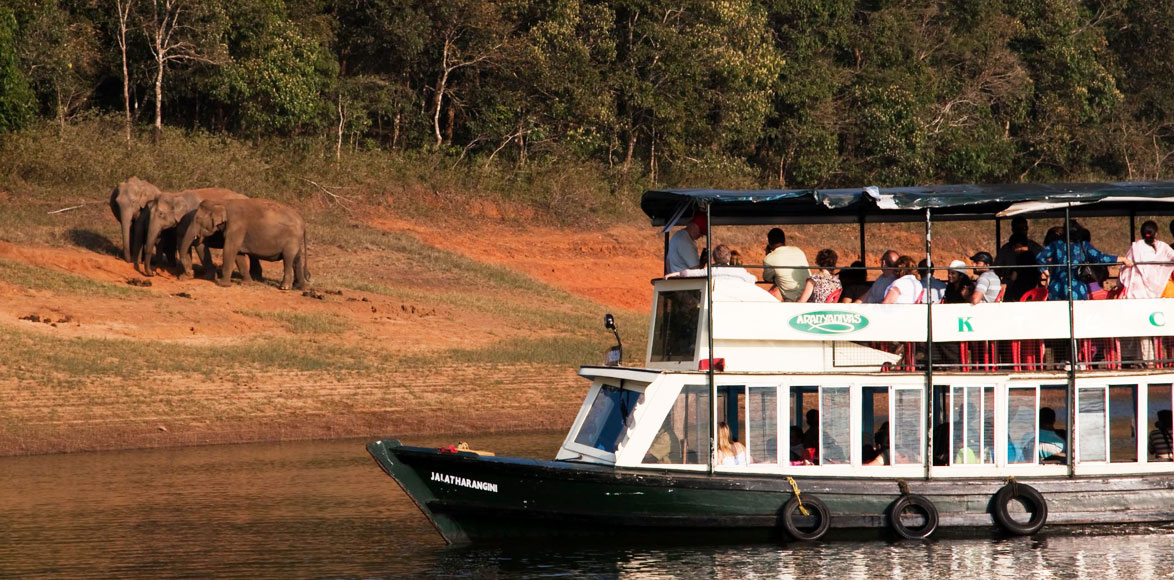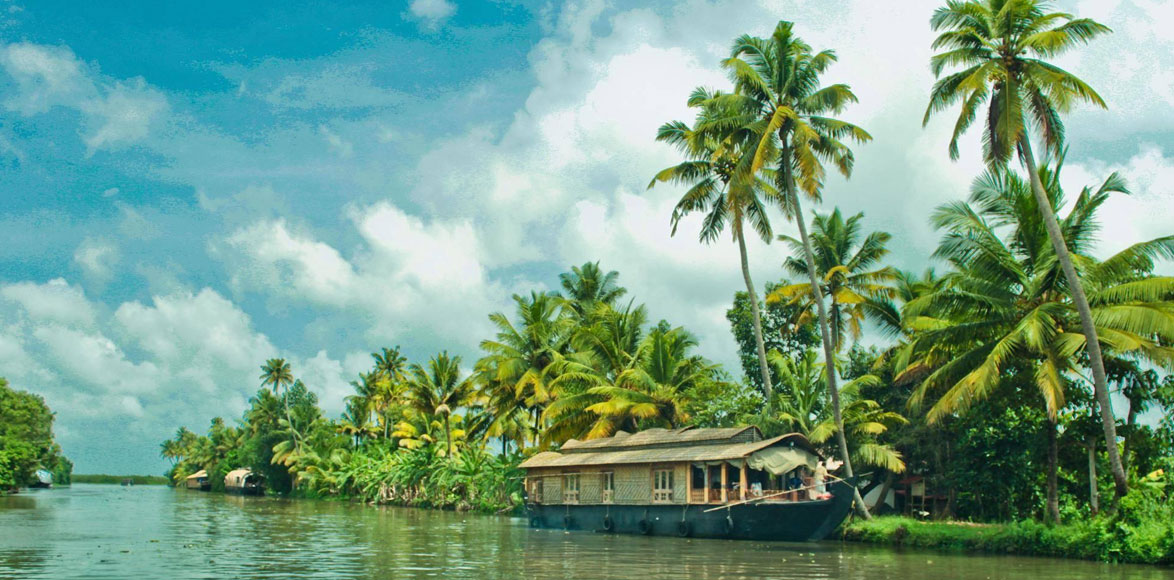Thanjavur
Thanjavur
Tanjore as the Britishs called it, is a lush paddy district. Now a small city in the state of Tamil Nadu, it rose to glory during the Chola period from the 10th century to the 14th, when it came to be the centre of art and education. The Cholas built extensively during this period and 74 of their temples are still standing. As the centre of cultural development Thanjavur attracted master craftsmen, and it still continues to produce attractive handcrafted ware.
The legacy of the days of glory endures. Its heritage as a centre of learning, culture and craft is reflected in the variety of handicraft work that goes on here. Thanjavur is still famous for its bejewelled, gold leaf Tanjore paintings, fine silk carpets, bell metal work, musical instruments, pith work and bronze sculptures. The Palace near the temple was built partly by the Nayaks in 1550, and partly by the Marathas of the west. It houses an Art Gallery, the Saraswati Mahal Library, the Royal Museum and a music hall. The art gallery displays bronze and granite statues from the Chola period, ancient manuscripts on palm leaves are on show at the library, and the royal museum displays the royal costumes, cutlery, utensils and weapons.
Thirubuvanam (45 km) has a 13th century temple to Shiva and is known for silk weaving. Manora (65 km) has a quirky souvenir from the colonial times; an eight storey high Victory Tower built in 1814 by an Indian king to celebrate the British victory over Napoleon at Waterloo.
Velankani
(90 km) has a very popular shrine to Our Lady of Health that people of all religions flock to with mini gold and silver replicas of the ailing body-part. At Nagore (88 km) is the 500-year-old tomb of Hazrat Shahabdul Hameed that has a golden dome and five minarets. The tank near it, Peer Kollam is believed to have curative water and is visited regardless of religious belief. 112 km from Thanjavur is Kodikarai or Point Calimere. This Sanctuary is home to migratory birds, especially flamingos, and animals like the black buck and wild ponies. The best time to visit is November to January. Definitely cooler.
Tirunallar
(101 km) has one of the few temples to Saturn or ill-favouring Saneeswar, which people visit to cancel out ill fortune. Every January there is a Music Festival to honour the south Indian saint Thyagaraja. The great Mahamaham Fair is held at Kumbakonam every twelve years but it isn’t due till 2004. The summer months are warm averaging at 36°C. The months from Jan. to March are far cooler, averaging at about 24° C.


